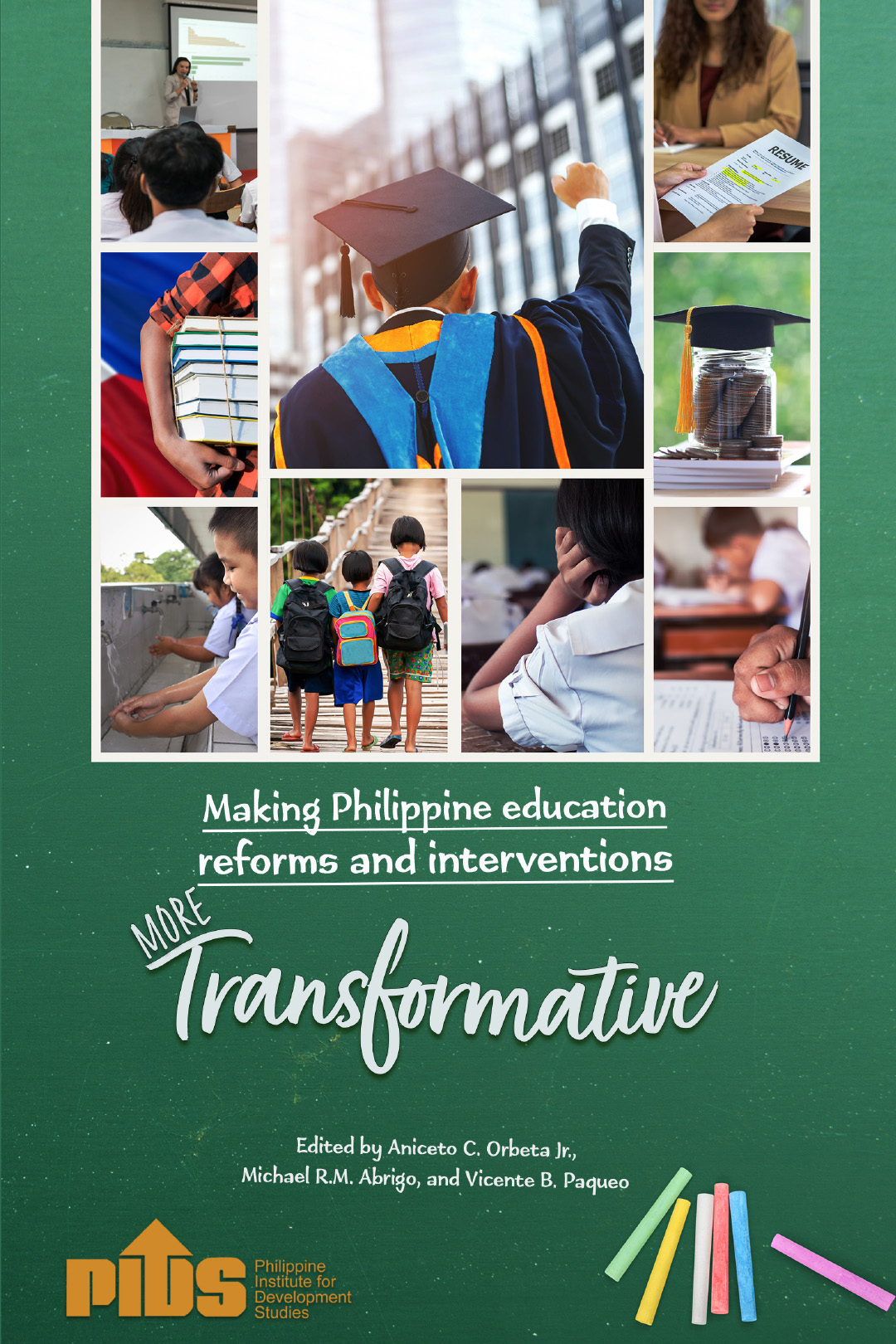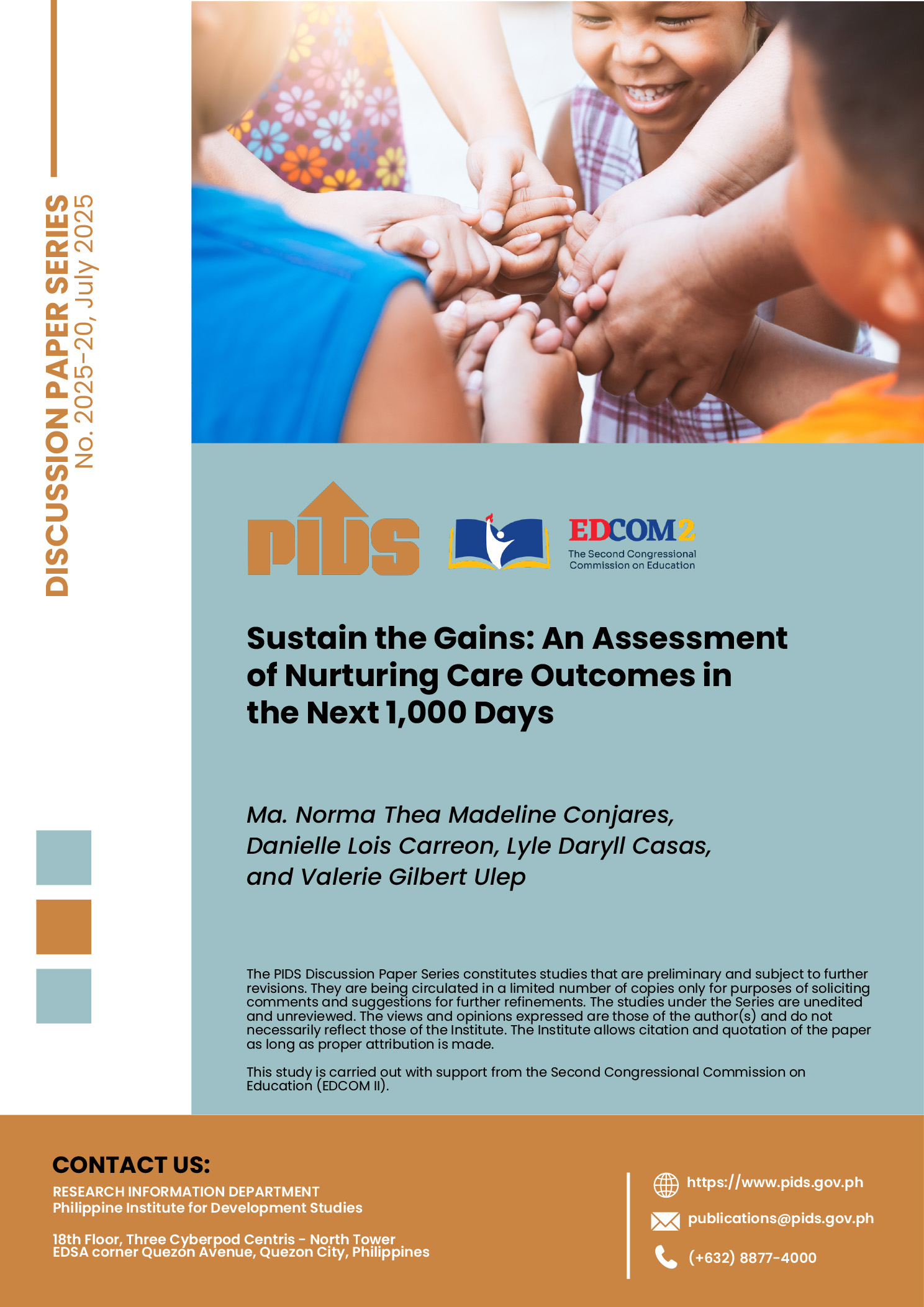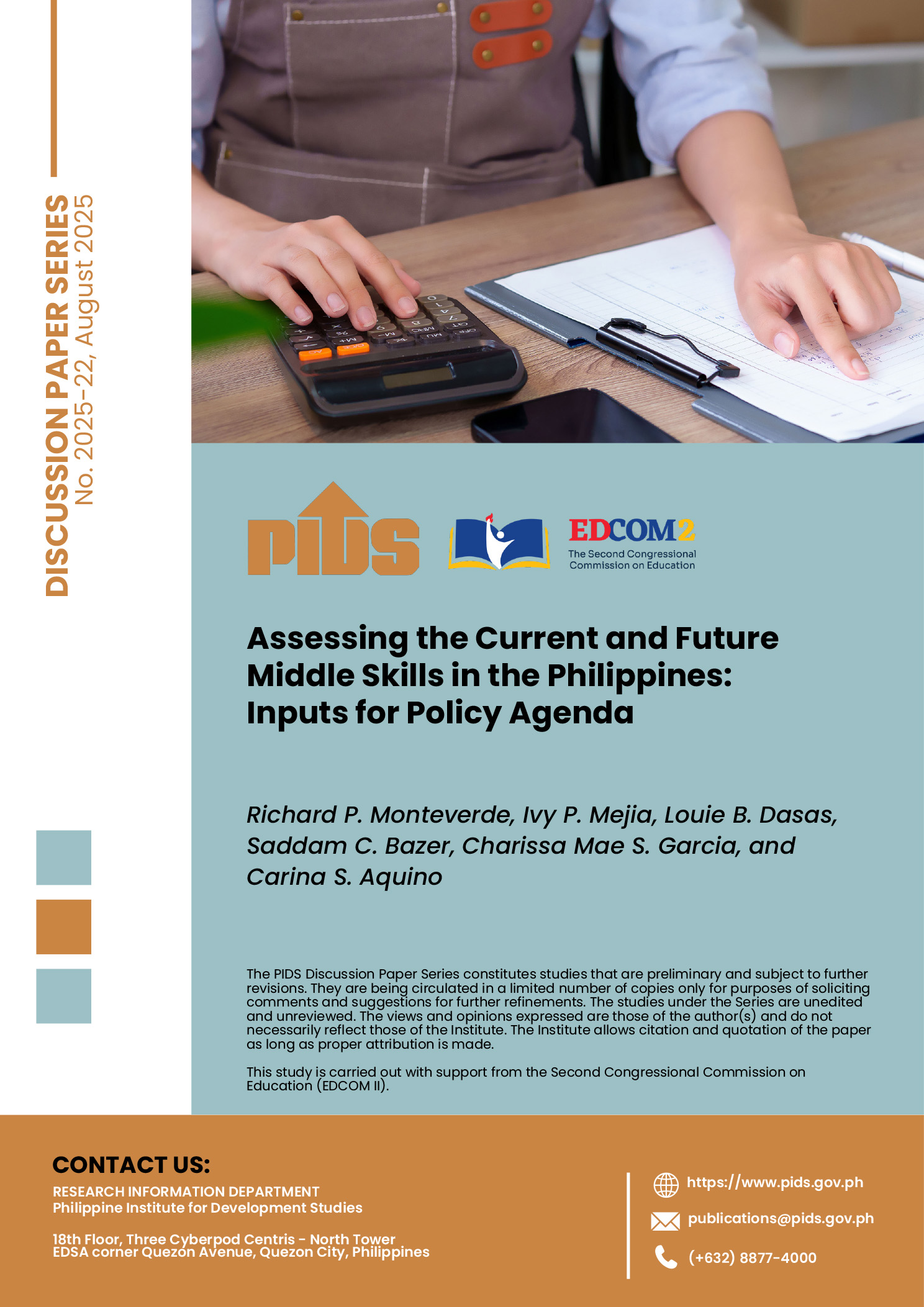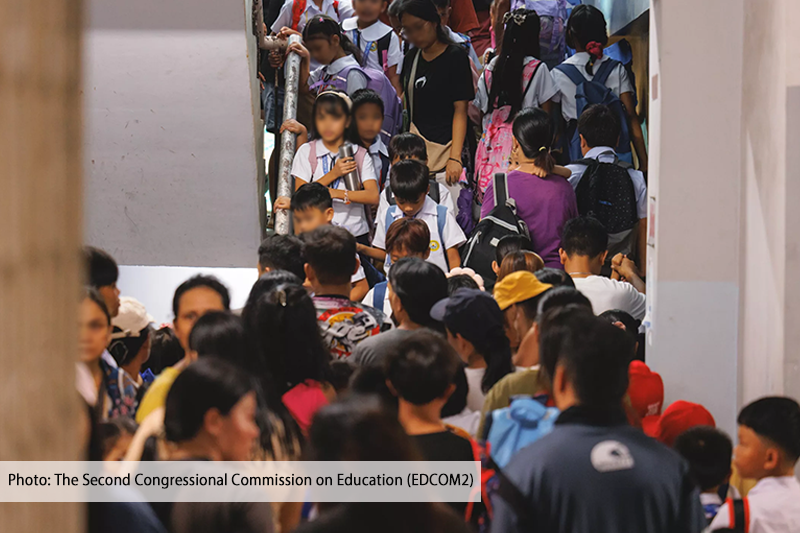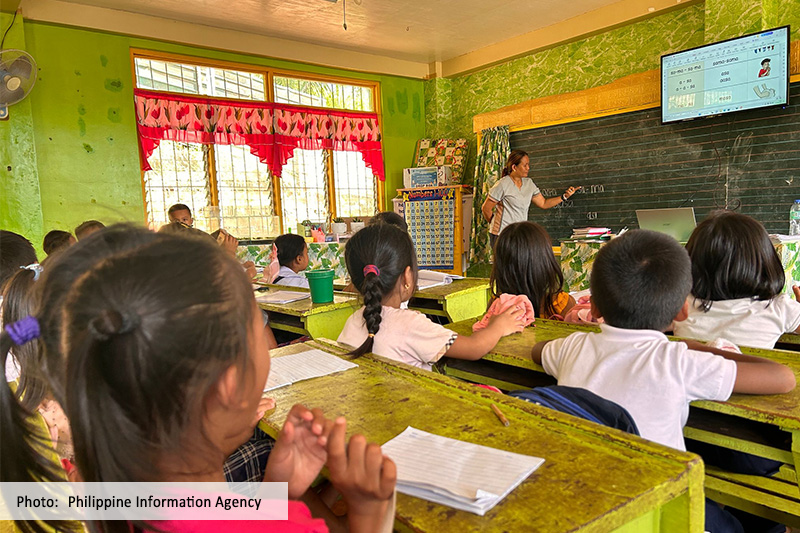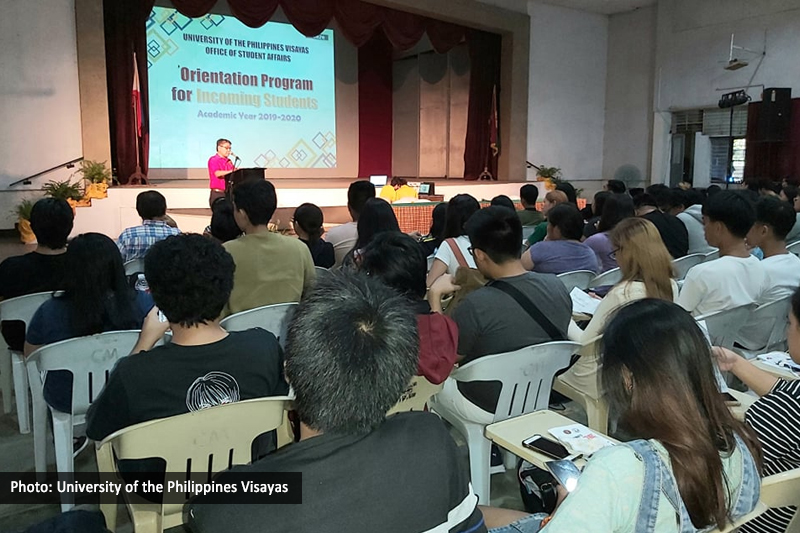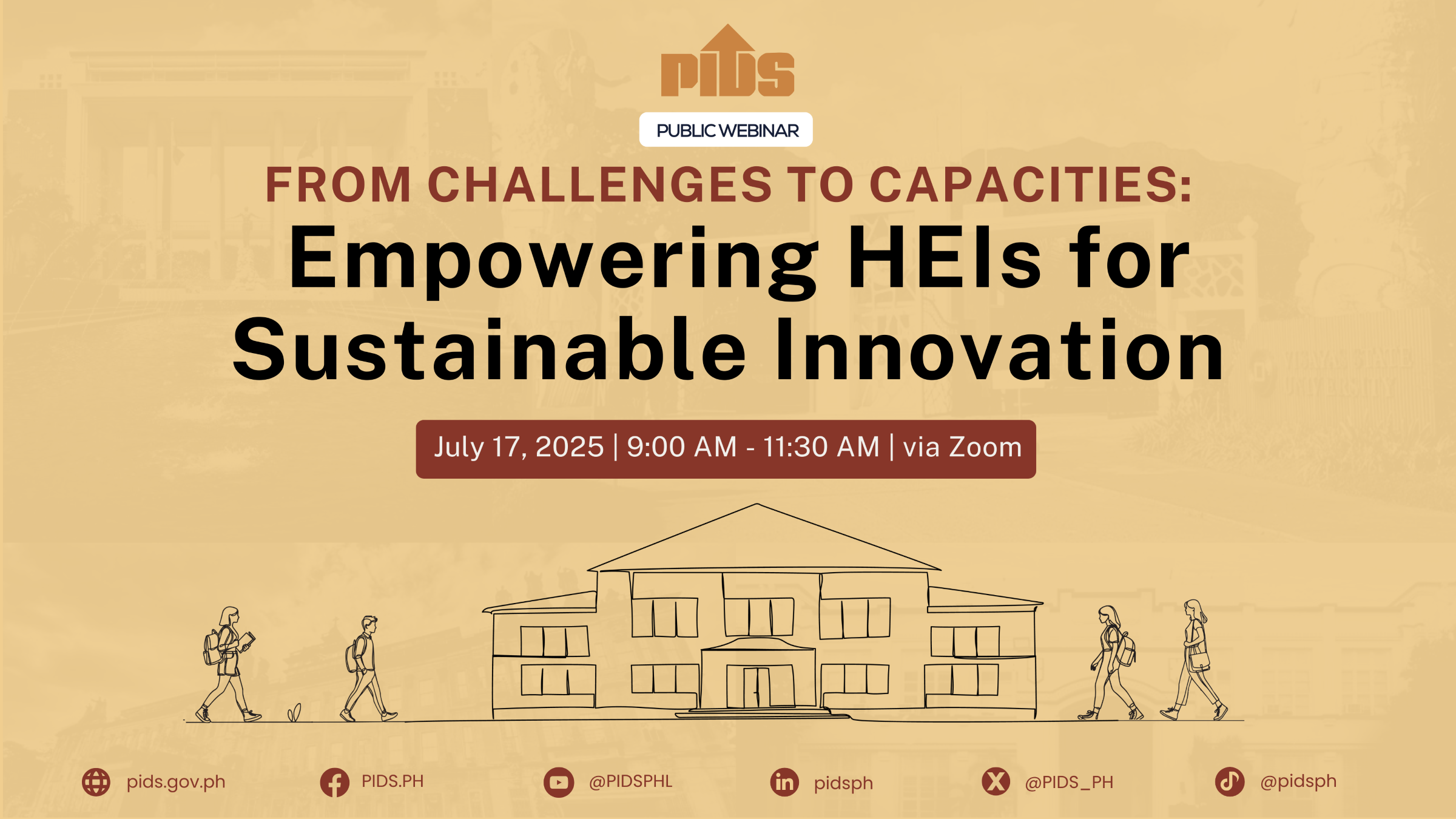On May 24, Agriculture Secretary Manny Piñol said the P70-billion Conditional Cash Transfer (CCT) program or 4Ps only makes beneficiaries overly dependent on grants. He would rather divert the money to livelihood programs that he said will increase food productivity.
We are not discounting the importance of livelihood programs especially for the agriculture sector, but we argue against going after a program that has concretely shown positive impact on the lives of 4.4 million poor households.
The CCT program, also known as Pantawid Pamilyang Pilipino Program (4Ps), started in 2007 under the Arroyo administration, with a pilot of 6,000 households. It was expanded by the Aquino administration in 2016 to benefit a total of 4.4 million households. Cash grants are provided to poor households with children aged 0-18 (prior to 2013, it was 0-14) for them to specifically spend it on education and health.
The 4Ps program is widely credited for its contribution to poverty reduction. At the start of the program, poverty incidence was rising from 24.9% in 2003 to 26.9% in 2009. The numbers gradually went down to 25.2% in 2012 and 21.6% in 2015.
The National Economic and Development Authority credited 4Ps for improving the numbers, and so did the World Bank. The international financing institution also noted the program's effective targeting mechanism, allowing it to reach 52.8% of the bottom 20% of the population. This means that the CCT is providing assistance to the poorest households in both urban and rural areas.
CCT as first step to 'teaching poor how to fish'
A popular Chinese proverb goes: "You give a poor man a fish and you feed him for a day. You teach him to fish and you give him an occupation that will feed him for a lifetime."
Critics argue that the 4Ps program is not teaching the beneficiaries how to fish. But how can you teach them to catch their food when they are already dying of hunger? How can you entice them to learn a livelihood when they are constantly worrying about how they're going to feed their families? How can you ask them to find a good job when they can't read and write?
Addressing chronic poverty does not happen overnight. It takes time and requires a lot of effort across government agencies.
CCT invests on the children. By making sure that children enrolled in the program finish high school, the program increases their chances of getting to college or securing employment. A study by the Philippine Institute of Development Studies (PIDS) shows that children who finish high school get better wages (40% higher than an elementary graduate).
There are 10.8 million children currently benefiting from the program. In April 2018 alone, approximately 200,000 beneficiaries graduated from senior high school. Contrary to misconceptions, beneficiaries graduate from the program once their children graduate from senior high school (or turn 19, whichever comes first).
The CCT beneficiaries are also provided with livelihood through the Sustainable Livelihood Program (SLP), a program that assesses their capacity and gives them appropriate employment or training. In December 2017, DSWD said SLP served 1.5 million CCT households.
The DSWD and various national government agencies, in recognition of the success of CCT, have complementation efforts to maximize the gains of the program. CHED has the Expanded Student Grants in Aid Program for Poverty Alleviation (ESGPPA), for example. It provides full college scholarships to eligible children in CCT households.
The DSWD also works with agencies like the Department of Environment and Natural Resources and the Department of Agriculture to provide cash assistance for farmers and fisherfolk to build livelihood assets.
All these efforts help families break the cycle of poverty. The proposal to divert funds for 4Ps, as Secretary Piñol suggested, would mean re-allocating the funds that give these children a better chance at improving their lives and making their dreams come true.
Cash transfers are not dole outs
It bears repeating: the CCT is not a dole-out program. People do not just wait for their grants like Juan Tamad waits for the guava to fall from the tree. Beneficiaries have to comply to conditions set by the program. They are required to regularly visit health centers, send their children to school, and attend family development sessions (FDS). Failure to do these disqualifies families to avail themselves of the grant.
Secretary Piñol is wrong to say 4Ps takes away people's drive to work. Every month, a household can receive P800 (for one child in elementary plus health grant) to P2,000 (for 3 children in highschool plus health grant). This only amounts to P26 to P67 a day. Can a family of 5 live off P26 a day? Can a child in elementary school attend class, pay for projects, and eat lunch with P13 a day? The cash grants are provided only to augment the household income. To say that the program encourages mendicancy is an insult to the poor's perseverance to survive and provide for their families. An ESGPPA beneficiary from Bukidnon, for example, was a working student until she graduated from college.
The PIDS study actually shows that 4Ps has encouraged greater drive for work, not just for the male heads of the household, but even for the female spouses. The adult members (18 years old and above) of families enrolled in the program are also more industrious compared to non-members.
There is also evidence that among those who are employed, more 4Ps beneficiaries want and look for additional sources of income compared to non-beneficiaries.
'Fair fight against poverty'
The program is not perfect. But it is one of the few programs that gives direct assistance to poor households without going through different channels of the bureaucracy. The 4Ps is one of the "best-targeted social safety net programs in the world," according to the World Bank.
Measures to guarantee that the program benefits those who need it most are in place. Money for the program is not, as critics say, "being put to waste."
Secretary Piñol said his negative assessment of the 4Ps program is based on "testimonies and lamentations of people [he] talked with on the ground."
Let us also quote the testimonies of beneficiaries who, after feeling neglected by the government for the longest time, now know how it is to have a fighting chance to improve their lives.
"Lumalaban po kami ng patas upang mabuhay. Hindi po kami nagnanakaw at nanga-agrabiyado ng ibang tao para maka-survive sa hirap ng buhay. May mga kondisyones po kaming sinusunod bago makakuha ng pera. Hindi po kami ngumanganga lang at naghihintay na mahulog ang biyaya," said Christine Haya, a beneficiary from Quezon City.
(We are fighting fair in order to live. We don't steal or take advantage of others in order to survive life's challenges. We follow conditions before we receive the money. We don't idly wait for blessings to come.)
"Sana po makipagkwentuhan kayo sa mga benepisyaryo ng programa. Nakapagtapos ang kanilang mga anak at patuloy na umaasa na makakaahon sa hirap sa tulong ng 4Ps. Sana naman po, huwag ninyong ipagkait ‘yung kaunting tulong ng gobyerno para sa amin. Alam ko naman po na marami pa kayong maiisip na paraan para tulungan ang ating mga magsasaka. Wala naman po kaming tutol doon. Pero huwag naman po alisin ang aming cash grant," said Rizalina Vergara Misuela, a beneficiary from Asingan, Pangasinan.
(We hope you could talk to the beneficiries of the program. Their children have finished school and they continue to hope that they can overcome poverty with the help of 4Ps. We hope you don't withhold the little help the government is giving to us. We know that you can think of more ways to help farmers. We are not opposed to that. But please, do not take away our cash grant.) – Rappler.com
Abbey previously worked at the DSWD. She holds an MA in Urban and Regional Planning from UP Diliman and an MSc in Urbanisation and Development from the London School of Economics and Political Science.
Lei Ramos also previously worked at the DSWD. He is now with an international NGO based in Manila.

